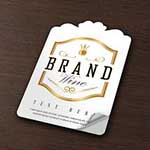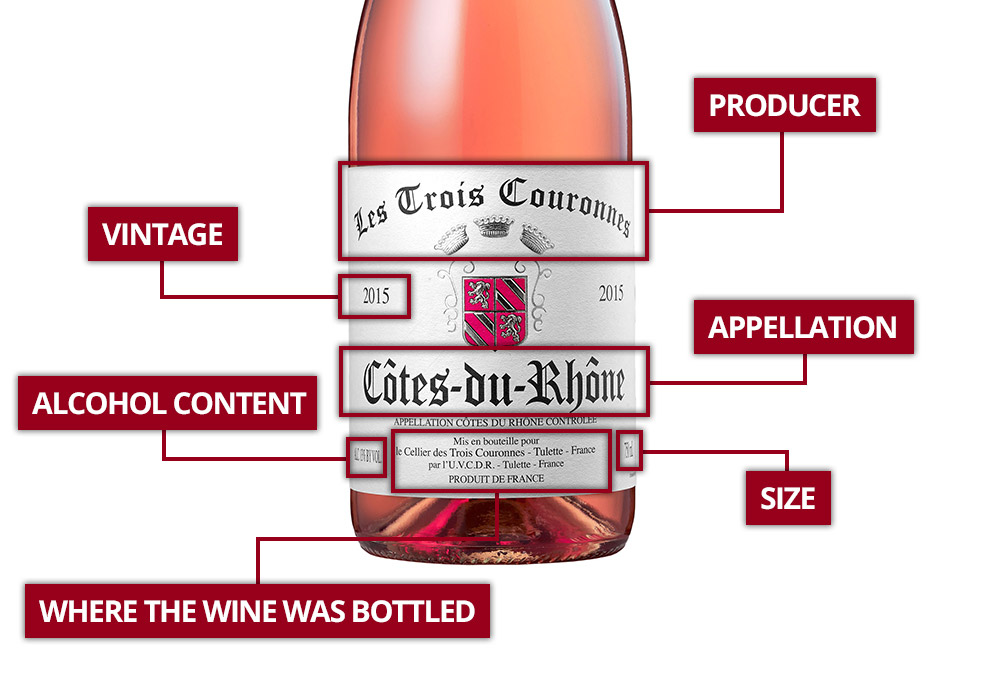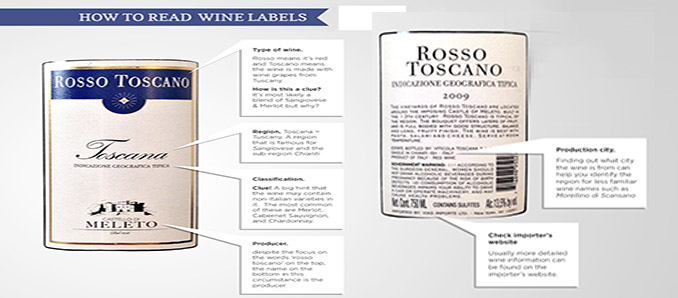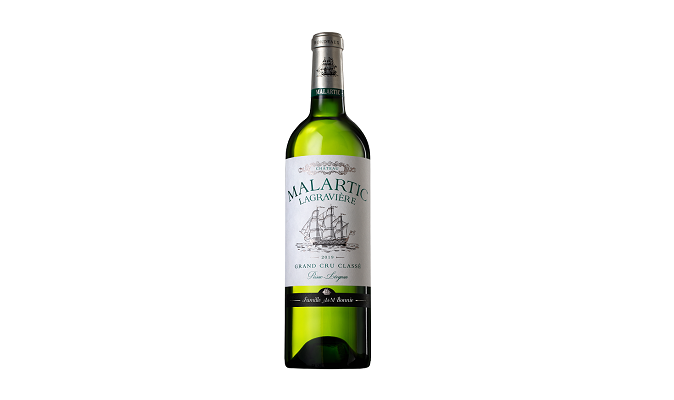 If you know a little bit about wines, you’re already well on your way to understanding the wine labels. They typically tell you, at a glance, the alcohol content, the growing region, bottle volume, name of the wine, quality and type of wine, the producer, and the variety and vintage.
If you know a little bit about wines, you’re already well on your way to understanding the wine labels. They typically tell you, at a glance, the alcohol content, the growing region, bottle volume, name of the wine, quality and type of wine, the producer, and the variety and vintage.
When was the last time you went to a nice restaurant and ordered a bottle of expensive wine? When the waiter or waitress brought it over, did he or she show you the label before uncorking it? Did you understand anything on that label, or did you simply scan it and nod just for show? Many people are at a loss when it comes to reading wine labels, whether it’s at a restaurant or in a wine store; to them, it’s all just fancy numbers and letters and means no more to them than the chemicals contained in a can of Coke.
 If you know a little bit about wines, you’re already well on your way to understanding the wine labels. They typically tell you, at a glance, the alcohol content, the growing region, bottle volume, name of the wine, quality and type of wine, the producer, and the variety and vintage.
If you know a little bit about wines, you’re already well on your way to understanding the wine labels. They typically tell you, at a glance, the alcohol content, the growing region, bottle volume, name of the wine, quality and type of wine, the producer, and the variety and vintage.
The alcohol content and bottle volume may be the easiest to recognize on a wine label. The alcohol content is a percentage, usually around 12%-13%. In the U.S., the minimum alcohol for table wine is 7%, and 14% for the maximum. The bottle content is typically listed in milliliters, usually 750, or 1.5 liters. If the volume is not printed on the wine label, it will be on the bottle itself.
The growing region may be a bit difficult since American wines are classified by grape type such as shiraz or zinfandel, whereas many wines from Europe have their growing region as the name of the wine. Just look for both on the wine label and if you only see one, you know it’s the growing region on a European wine.
Becoming familiars with producers when it comes to wine may be one of the most important aspects of finding a good bottle, and when you learn some of the best producers you can quickly scan for them on a wine label. While everyone’s taste is of course subjective, you can think of a wine producer as being like a movie producer. You’re more likely to get a good movie out of a familiar name like Spielberg, Coppola, or Lucas than you will some unfamiliar talent. Being able to recognize wine producers on the wine label will mean that you’re more likely to enjoy the contents.
When you see the phrase varietal content on a wine label, know that this is the variety of wine, or type of grape the wine was made with. Remember that France and Italy do not reveal this information on their wine labels, so there may be some confusion.
The quality of wine is something awarded by wine regions and is also as subjective as movie ratings. If you see a rating of quality on a wine label, do not automatically assume that you personally will enjoy it , and remember that some of the less expensive wines are typically just as good as the top of the line brands as well.
, and remember that some of the less expensive wines are typically just as good as the top of the line brands as well.








